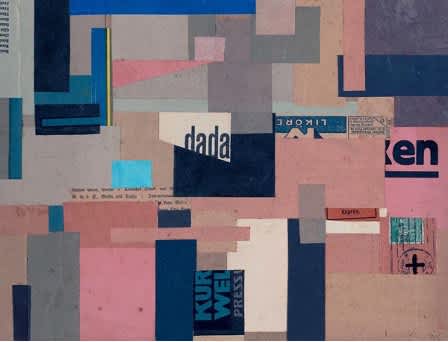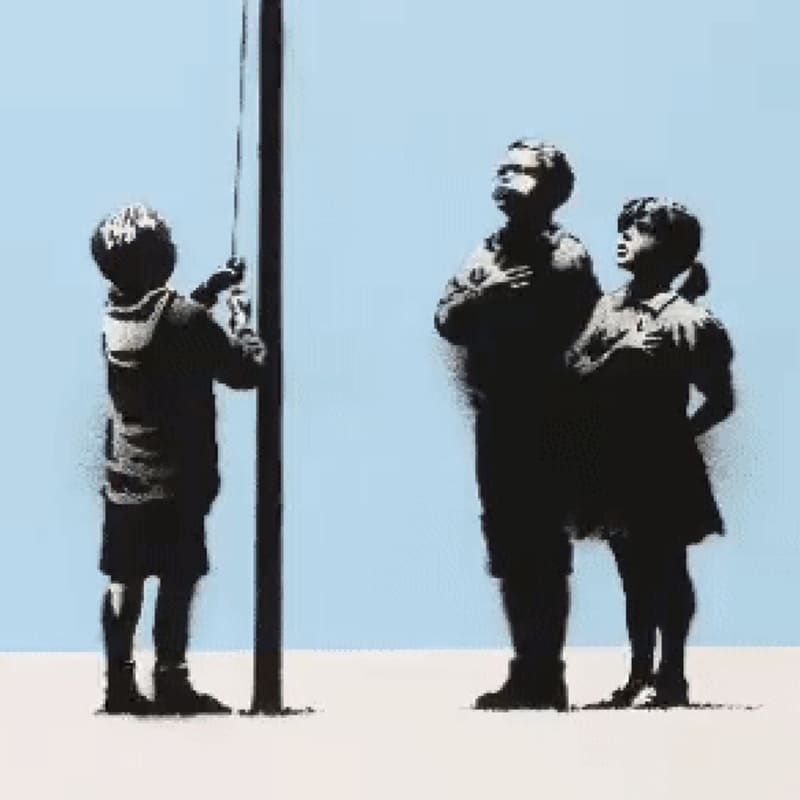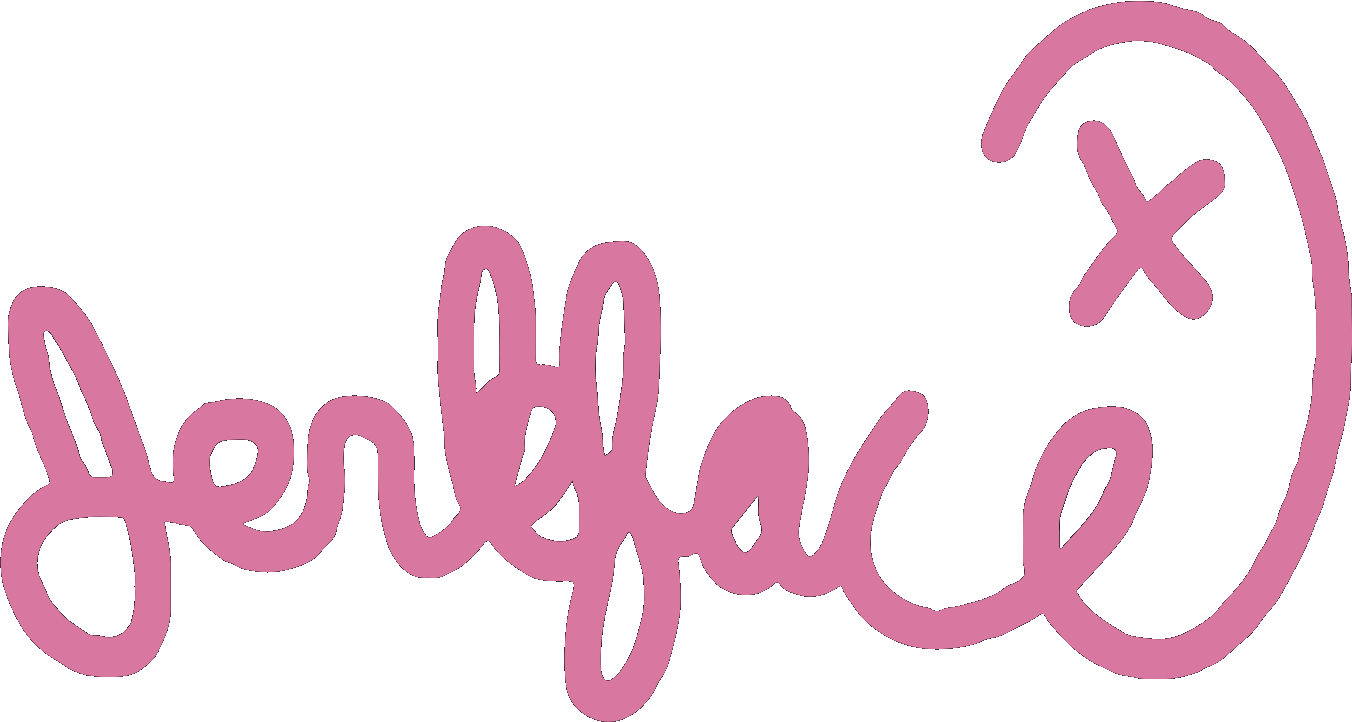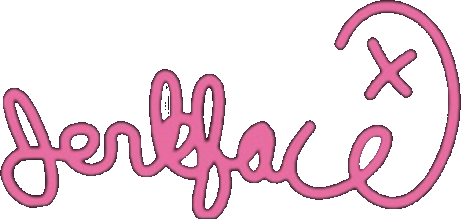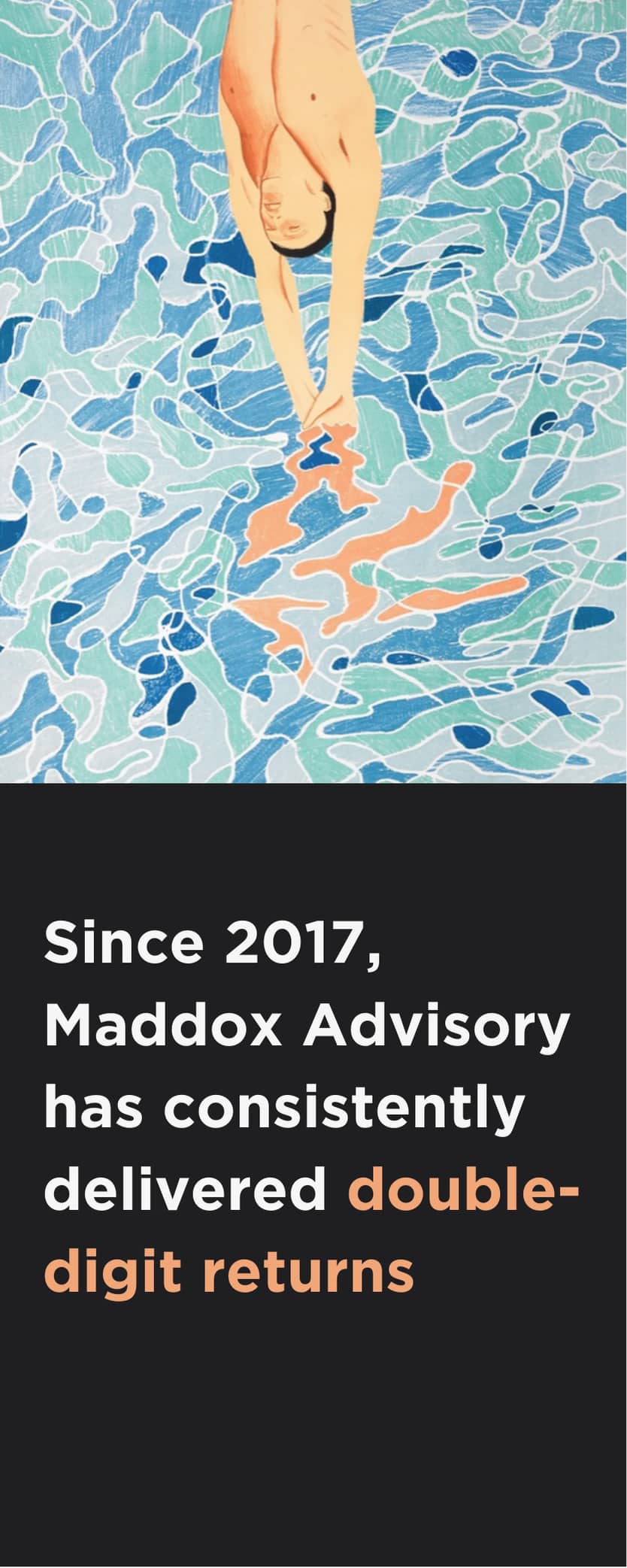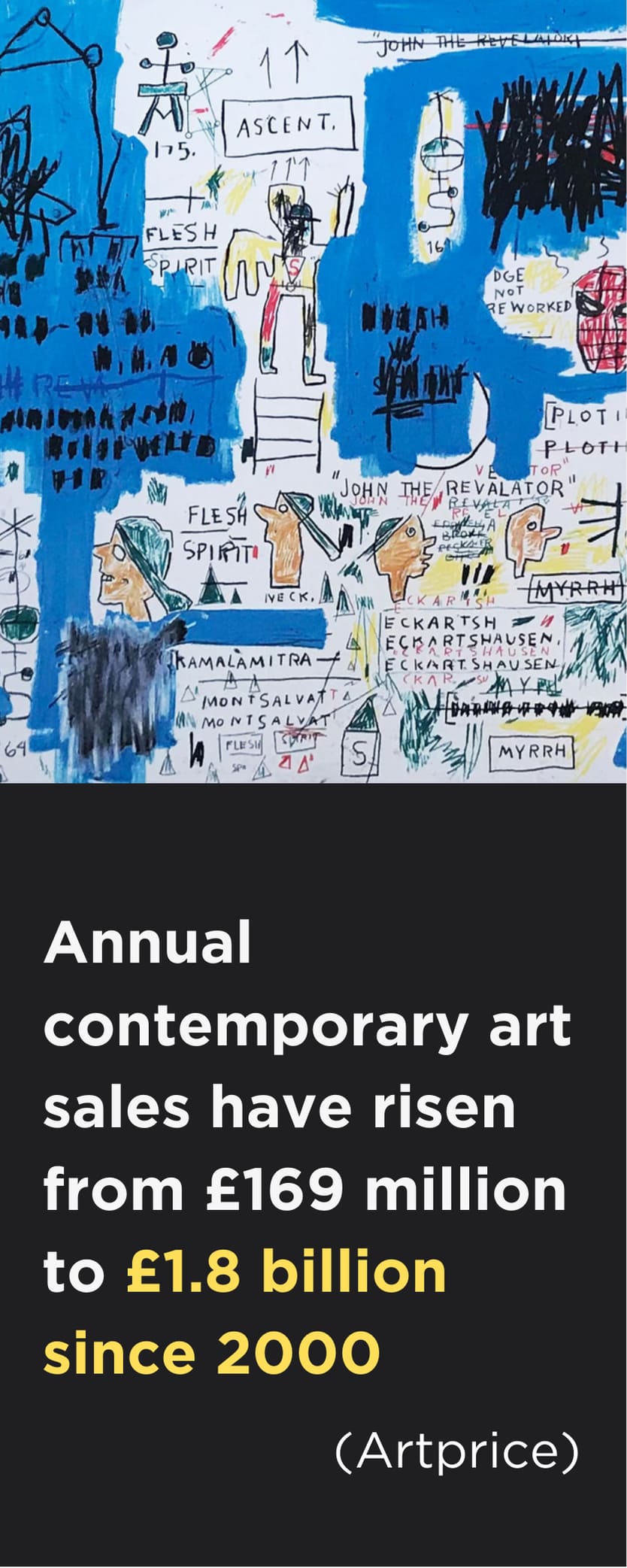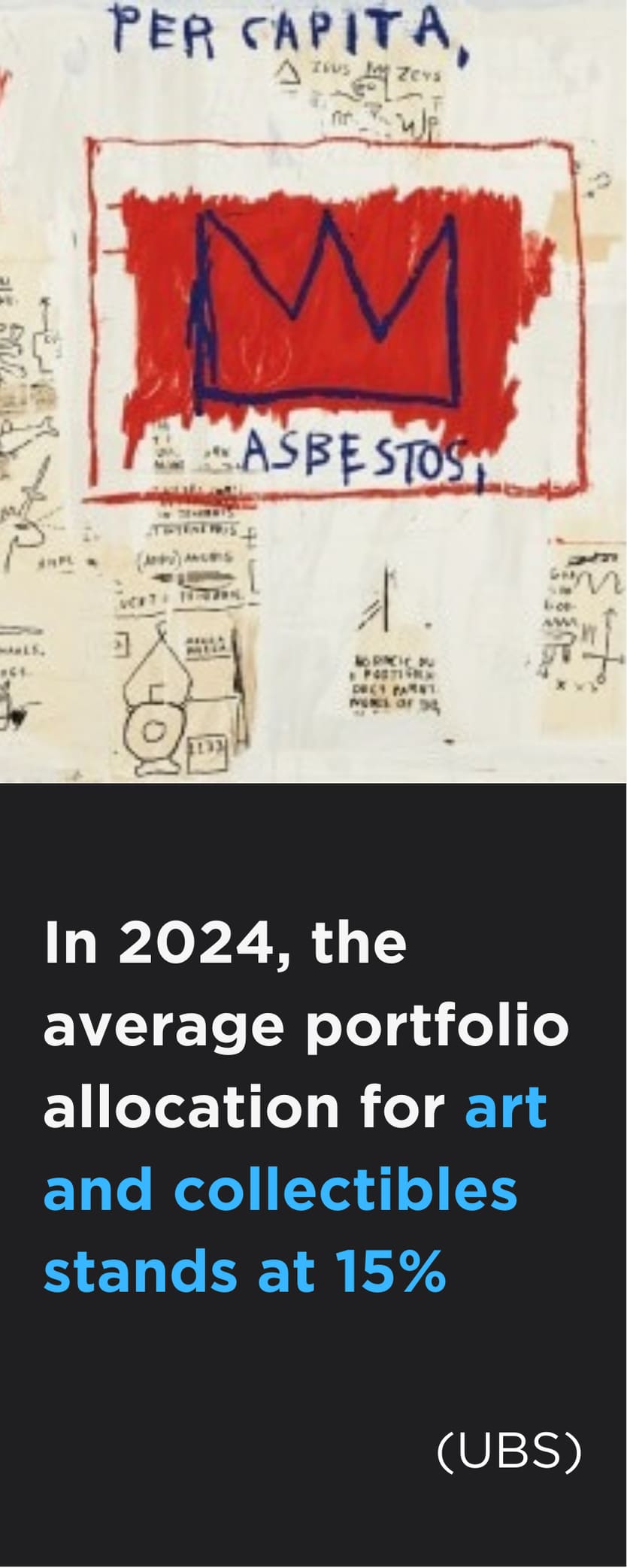One born from wartime chaos, the other from mass consumerism—at first glance, Dadaism and Pop Art seem worlds apart. Yet both movements use subversion, satire and mass media to challenge artistic norms and redefine culture. Discover four artists who reveal this surprising connection using absurdity, irony and mass appeal.
Dadaism and Pop Art: How Dadaism Redefined Art and Paved the Way for the Pop Art Movement
Can chaos be art? Can nonsense have meaning? What happens when artists refuse to conform? In the early 20th century, a group of radical creators came together to shatter the definition of art, rejecting beauty, logic and tradition in favour of absurdity, provocation and chance. This was the Dada artistic movement, born from the disillusionment of World War I, which turned artistic norms upside down.
But what began as an anarchic protest against artistic and societal structures didn’t disappear—it evolved. Decades later, Pop Art Artists would embrace Dada’s spirit of defiance, swapping absurdist nihilism for a playful critique of mass media and consumer culture.
How did a movement born out of wartime discontent become the catalyst for one of the most iconic art movements of the 20th century? This article explores the radical and rebellious experimentation of the Dada artistic movement and how its rejection of creative norms paved the way for Pop Art’s bold, commercial aesthetic and beyond.
Hannah Höch, Untitled (Dada) (ca. 1922) © MoMA, New York
Dada Inspired Art: 4 Key Pop Artists Who Were Influenced by Dadaism
1. Jeff Koons
Jeff Koons' work reflects a deep engagement with Dadaist ideas, particularly in his transformation of everyday objects into high art. Challenging traditional notions of artistic value by elevating kitsch and commercial products into objects of contemplation and desire, his glossy, meticulously crafted sculptures exude an ironic playfulness that embodies Dada’s subversive spirit.
Jeff Koons, Balloon Rabbit, Monkey and Swan (2017), Edition of 999
2. Andy Warhol
Andy Warhol's art was profoundly shaped by Dadaism’s challenge to traditional artistic conventions, elevating mundane consumer products—such as Campbell's soup cans and Brillo boxes—into iconic works that questioned the nature of art. By appropriating everyday objects and popular culture, Warhol not only subverted the established rules of art but also celebrated the irreverence and playful critique central to Dada’s legacy.
3. Keith Haring
Much like the Dadaists, who repurposed everyday imagery to question societal norms, Keith Haring’s bold, simplified figures, often rendered in public, challenged the art hierarchy, inviting viewers to engage directly with his work. Reimagining the playful subversion central to Dadaism for a modern, urban audience, Haring’s art bridged the gap between radical anti-art and contemporary cultural commentary.
4. Roy Lichtenstein
Roy Lichtenstein's artwork gives a subtle yet unmistakable nod to Dadaism through its innovative use of mass-produced imagery and ironic recontextualisation of everyday culture. Much like the Dadaists, who challenged the sanctity of traditional art by appropriating common objects and media, Lichtenstein reimagined the comic strip as a form of high art, questioning the boundaries between originality and reproduction.
The Birth and History of Dadaism: Art as Rebellion
Dadaism emerged in 1916 in Zurich, amidst the horrors of World War I, as a radical rejection of everything society valued—logic, order and artistic tradition. More than just an art movement, it was an anti art art movement - a defiant, anti-establishment response to a world in chaos that challenged the foundations of creativity.
Marcel Duchamp, Fountain (1917, replica 1964) © Tate, London
Certain places and people are central to the history of Dadaism. Founded by a group of poets, artists and intellectuals at Cabaret Voltaire, this small nightclub in Zurich became the beating heart of Dada art. The movement, as outlined in the Dadaism Manifesto penned by Dada founder Tristan Tzara, rejected logic and reason in favour of anarchy and the irrational. Less a style and more an attitude, modern Dada artists, including Hans Arp, Marcel Janco and Sophie Taeuber-Arp, used Cabaret Voltaire as a space for radical experimentation.
Dadaism thrived on unpredictability, embracing chance, satire and the transformation of everyday objects into artistic statements. At the movement’s core was the readymade, exemplified by Marcel Duchamp’s famous Dada artwork Fountain (1917)—a simple porcelain urinal signed “R. Mutt”. By presenting an ordinary object as art, Duchamp directly challenged the notion of artistic creation and authorship.
Raoul Hausmann, The Art Critic (1919-1920) © Tate, London
Other Dadaism art characteristics included collage and photomontage, with Dada artists like Hannah Höch and Raoul Hausmann repurposing newspaper clippings, advertisements and photographs into chaotic, fragmented compositions that critiqued politics, war and mass media. Dadaists also embraced satirical and nonsensical compositions, using absurdity as a weapon to expose the irrationality of the world. The poem Karawane by Hugo Ball is considered a key moment in the development of Dadaism. Consisting entirely of nonsensical words, the founder of Cabaret Voltaire performed it at the venue in 1916 dressed in a bizarre costume made out of cardboard.
Above all, Dadaism represented a rejection of conventional beauty and meaning, favouring rough, unpolished and spontaneous works that mocked the concept of “high art”. By dismantling artistic traditions, Dada artists paved the way for new forms of expression that would redefine the boundaries of art.
Though Dadaism was anarchic and short-lived as a movement, its influence was profound. By tearing down the boundaries of what could be considered art, Dada set the stage for the mass-produced imagery, critique of culture and satire of Pop Art decades later.
From Dada to Pop: The Unexpected Connection Between Chaos, Satire and Mass Culture
Art history is often viewed as a progressive series of movements while in reality they frequently overlap and are influenced by one another. Cubism and Dadaism art, for example—both prominent movements in the early 20th century—rejected traditional art forms and conventions in favour of abstraction and experimentation.
Max Ernst, The Horse He’s Sick (1920) © MoMA, New York
Dadaism’s radical, anti-art ethos would echo through the decades, finding new irreverence first in Surrealism and, later, 1950s and 60s Pop Art. While Dadaism and Surrealism were closely connected, with many artists who participated in the Dada movement later transitioning to Surrealism, its influence on 1950s and 60s Pop Art marked a distinct evolution of Dadaism’s core principles. “Pop Art is anti-social without being at all anti-cultural in the overwhelming sense that Dada was,” wrote art historian John Richardson in a 1966 article in The Journal of Aesthetics and Art Criticism.
Dadaism and Pop Art both challenged established notions of beauty and authority by embracing chaos, irony and the everyday. The Dadaists subverted traditional art through provocative readymades, collage and nonsensical performances. Decades later, the Dada influence saw Pop Artists turn the lens onto mass culture, repurposing advertisements, consumer brands and everyday objects into art that was as much a critique of modern society as it was a celebration of it.
A pivotal link between these movements emerged in the late 1950s in the form of Neo Dadaism. Neo Dada art revived the absurdist, anti-traditional spirit of its predecessor by incorporating found objects, assemblage and spontaneous performance into its practice. Proving that even the most mundane elements of everyday life could be transformed into subversive art, the playful yet critical approach of Neo Dadaism paved the way for artists to explore the intersection of mass production and artistic expression, directly influencing figures like Andy Warhol and Jeff Koons.
At the heart of this connection is the pioneer of Dada Marcel Duchamp and his groundbreaking readymades, such as Fountain and Bicycle Wheel. By elevating ordinary objects to art, Duchamp not only questioned what art could be but also laid the conceptual foundation for both Neo Dada and Pop Art.
Original photograph of Marcel Duchamp studio, with the second version of Bicycle Wheel displayed on the left (1916-17)
The Dada Artistic Movement’s Lasting Influence on Contemporary Art
Dada’s revolutionary idea-over-object approach continues to shape the art market, with Contemporary artists channeling the movement’s radical energy in diverse ways. David Shrigley’s satirical works have earned him recognition as a provocateur in the art world. In an interview in The Guardian in October 2022, he reveals that the Dadaists have been a major influence throughout his life: “Francis Picabia, Marcel Duchamp: they were the artists I wanted to be. It was the otherness of that thought process that I was interested in.” Similarly, Ed Ruscha's early encounter with a Dada drawing by Johannes Theodor Baargeld—so profound he secured a personal viewing at MoMA—ignited the "controlled disorder" that characterises his work.
Joseph Klibansky, Big Bang (2019), Polished Bronze Sculpture, Edition of 5
The Dada influence can also be felt in Joseph Klibanksy’s approach to Contemporary art. Like the Dadaists, Klibansky challenges traditional artistic norms by blending high and low culture, using unexpected material combinations and incorporating irony and surreal juxtapositions in his sculptures and paintings. His art embodies a refined, aesthetically rich evolution of some of Dada’s core ideas, particularly the questioning of meaning, authorship and materiality in art. And Robert Nava—a rising star in the art world—embraces Dadaism’s rejection of logic with his Contemporary Dada art that celebrates the absurdity of life through a mix of randomness, nonsense and whimsy. Together, these artists demonstrate how Dada’s disruptive essence continues to inspire creative experimentation.
Investing in Pop Art: How Dada’s Legacy Lives On in the Art Market
Dadaism’s rebellious spirit lives on in works by iconic artists like Andy Warhol, Roy Lichtenstein, Keith Haring and Jeff Koons. Capturing the anti-establishment ethos of Dada, their art offers a dynamic blend of irony, mass culture and innovation that resonates strongly with collectors.
In recent years, the demand for Pop Art as a long-term investment has surged, thanks to its unique ability to merge cultural significance with financial potential. With expert guidance on provenance, market trends and artistic innovation, Maddox Gallery offers a trusted pathway into the vibrant world of Pop Art investment. To learn more about the benefits of art investment and browse a curated selection of blue-chip Pop Art, book your private consultation with a Maddox Gallery Art Advisor.
Conclusion: The Radical Legacy of Dadaism in the Modern Art World
Dadaism didn’t just reject traditional art; it redefined it, turning irreverence and experimentation into artistic virtues. By dismantling established norms, the movement paved the way for Pop Art, Neo Dada art and a wide range of contemporary artistic expressions. Marcel Duchamp’s readymades, such as Fountain (1917) and Bicycle Wheel (1913), shattered conventional ideas of authorship and artistic craftsmanship, influencing later artists like Andy Warhol, whose Brillo Boxes (1964) and Campbell’s Soup Cans (1962) challenged the distinction between mass production and fine art.
Echoes of Dada’s rebellion are also visible in Roy Lichtenstein’s comic-book-inspired paintings, Jeff Koons’ hyper-polished balloon animals and Keith Haring’s graffiti-infused social commentary. Meanwhile, contemporary creators like Robert Nava and David Shrigley carry forward the movement’s legacy, blending absurdity, satire and spontaneity into their work.
Dadaism’s radical influence proves that art is not just about beauty or skill—rather, it is about ideas, critique and reinvention. The movement’s fearless questioning of artistic norms endures, ensuring that rebellion, irony and the subversion of expectations remain central forces in the art market.
Explore Maddox Gallery’s curated collection of Pop Art and Contemporary Dada inspired art.
